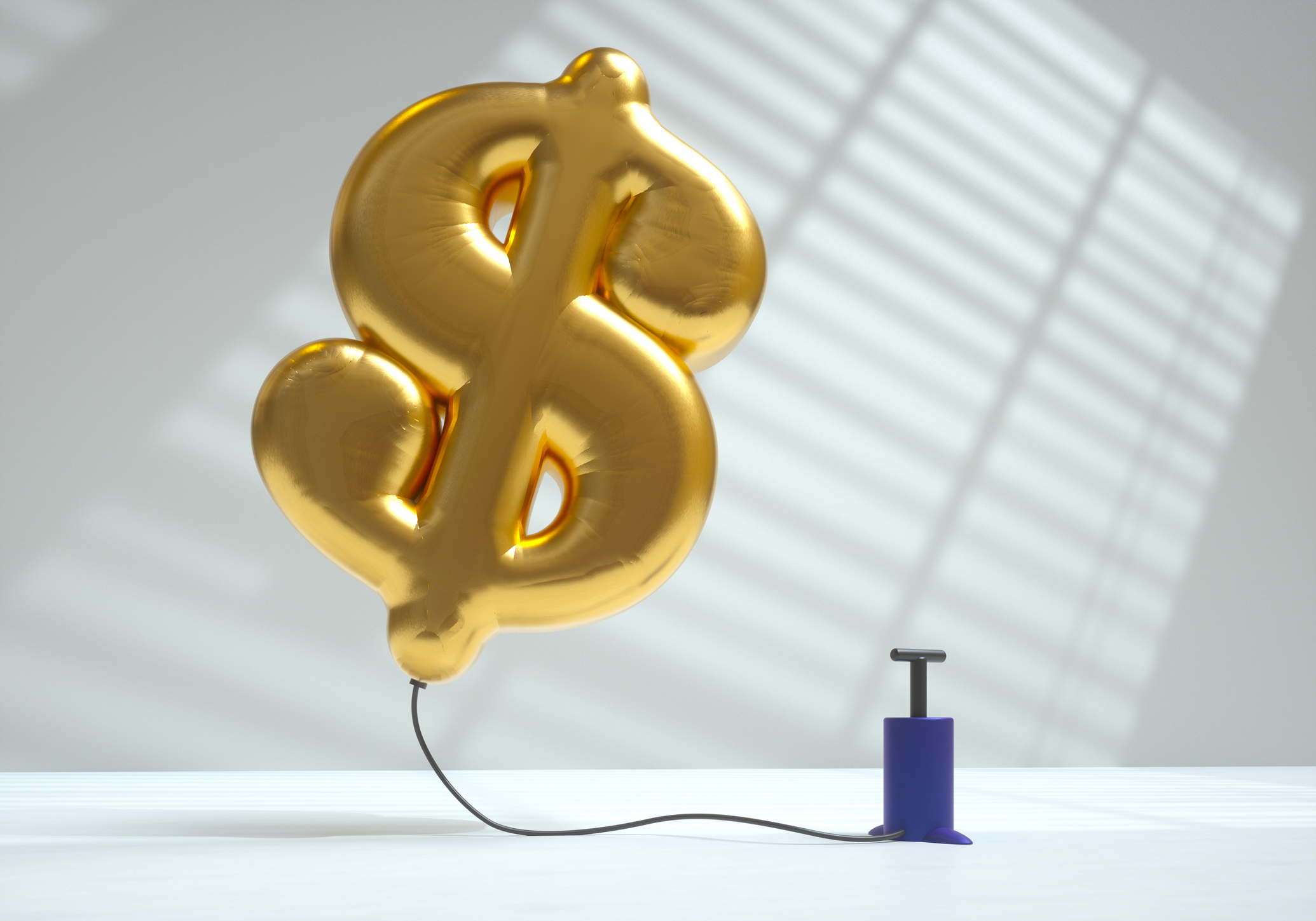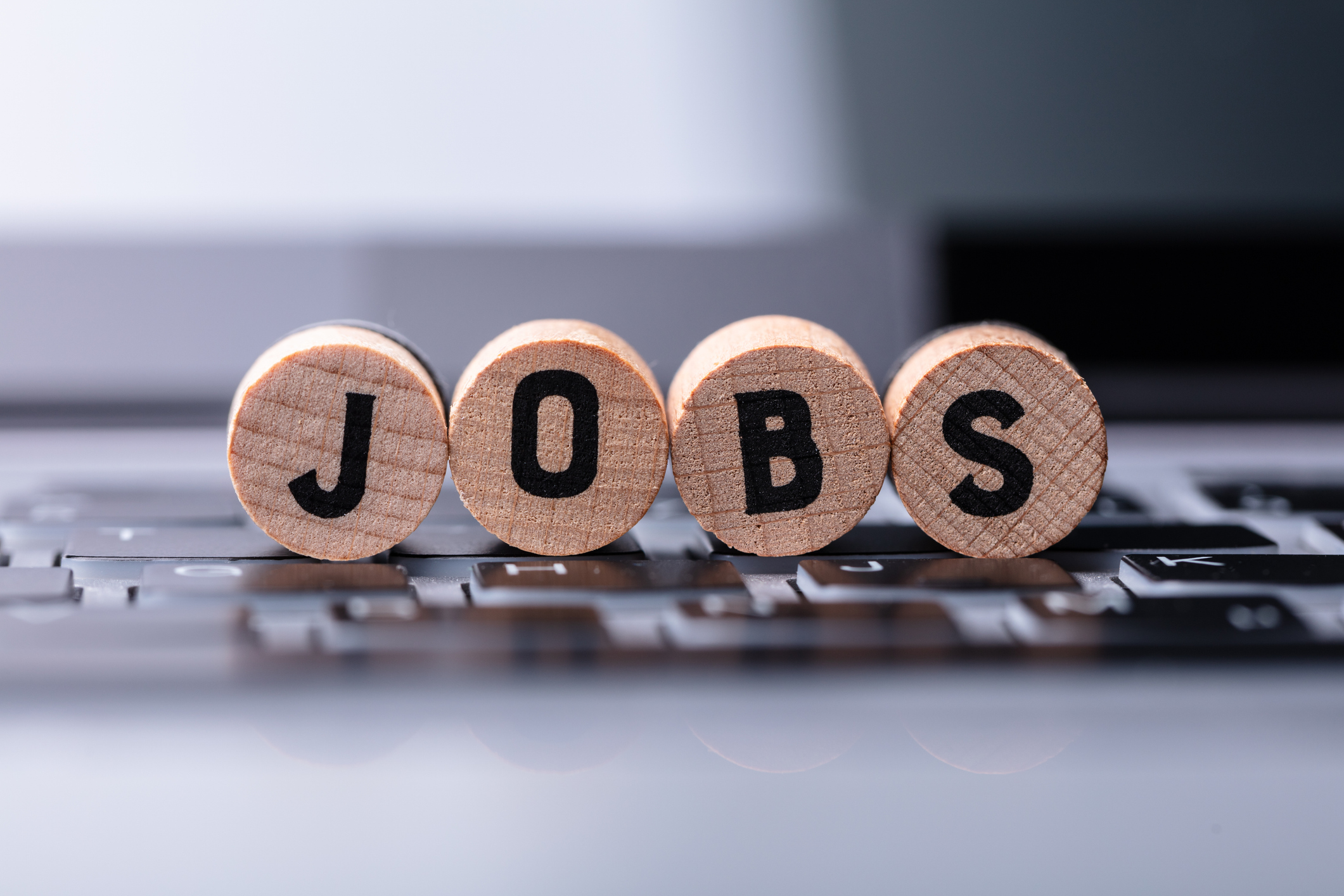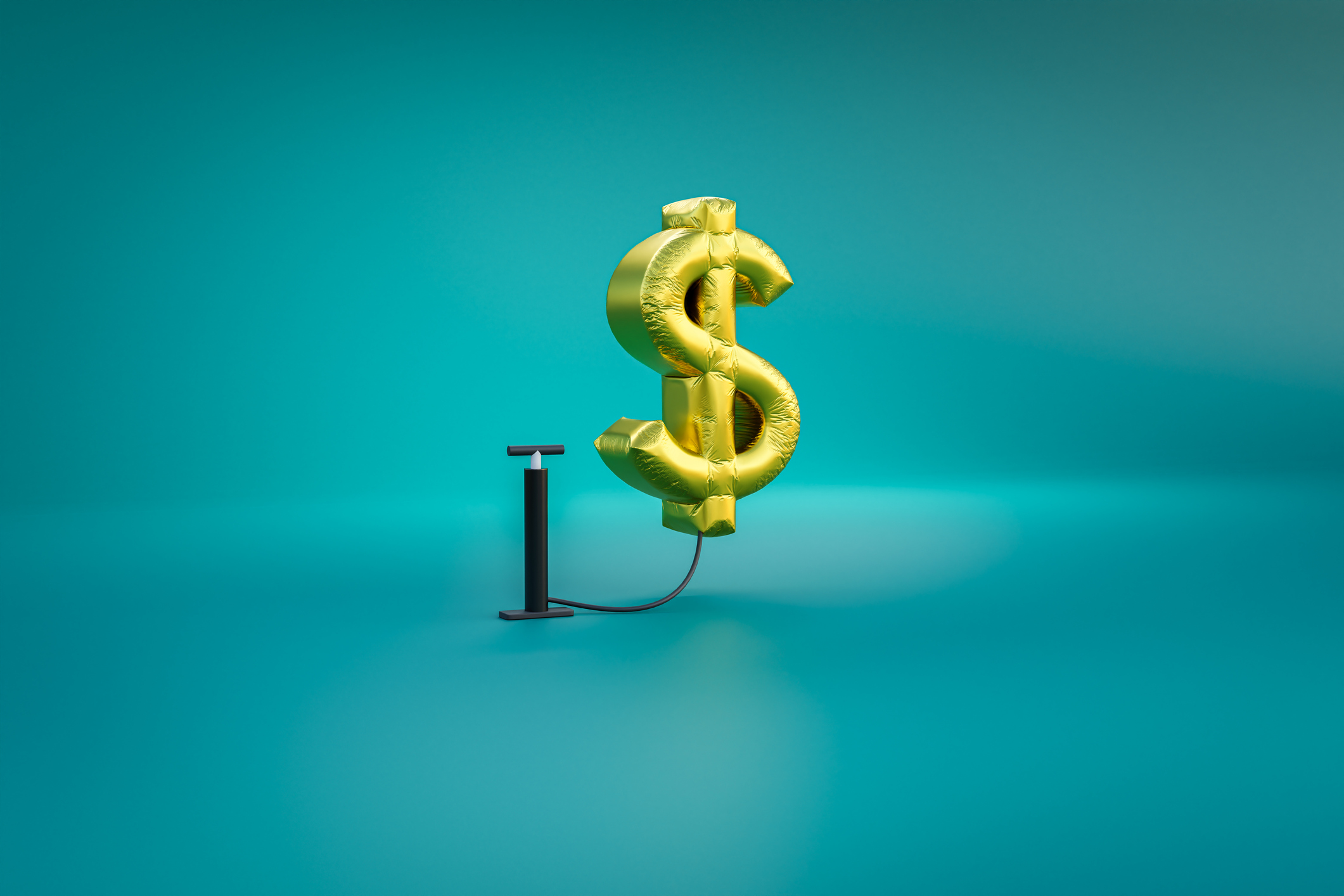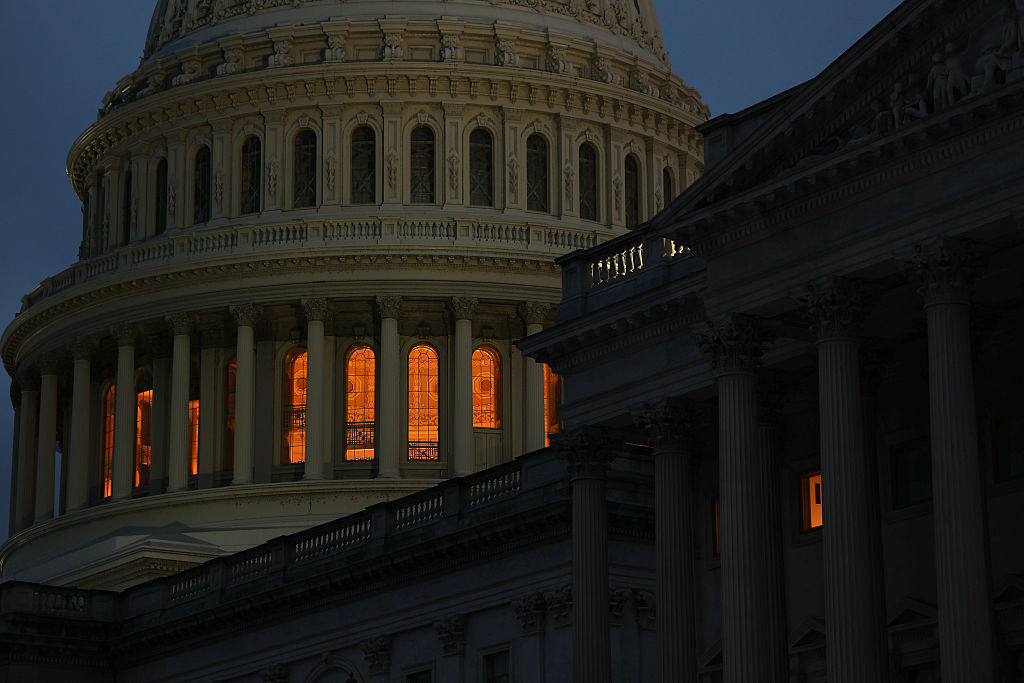Municipal Bonds Still a Good Buy
Look to intermediate-term muni bond funds, which will give you much of the return of longer-term munis with less interest-rate risk.


After a stellar 2014, municipal-bond investors need to rein in their return expectations and reassess the risks of tax-exempt bond funds.
Last year, muni bonds were buoyed by nearly ideal conditions, including a general improvement in the financial health of state and local issuers, big tax bills spurring investor demand for these bonds, and declining interest rates. (As interest rates fall, bond prices rise.) The Barclays Municipal Bond Index gained more than 9% for the year.
Investors shouldn't expect a repeat performance this year. Prices have run up so much that there's little room for further gains, money managers say. The Federal Reserve is likely to start raising rates, casting uncertainty over all types of bond investments. And although muni default rates remain very low, negative headlines about troubled issuers, such as Chicago, New Jersey and Puerto Rico, can still shake up the market.
From just $107.88 $24.99 for Kiplinger Personal Finance
Become a smarter, better informed investor. Subscribe from just $107.88 $24.99, plus get up to 4 Special Issues

Sign up for Kiplinger’s Free Newsletters
Profit and prosper with the best of expert advice on investing, taxes, retirement, personal finance and more - straight to your e-mail.
Profit and prosper with the best of expert advice - straight to your e-mail.
That doesn't mean investors should dump muni bonds. Tax-exempt bonds help diversify a portfolio of stocks and taxable bonds. And although muni yields are low by historical standards, "relative valuations are inexpensive," says John Miller, a managing director at Nuveen Asset Management. Consider how muni bonds stack up against Treasury bonds of the same maturity. In late April, for example, a 30-year AAA-rated muni yielded about 3%, versus 2.6% for a 30-year Treasury.
Once you factor in munis' tax-exempt status, the comparison may look even better. With the top federal income tax bracket now at 39.6% and the introduction of the 3.8% surtax on net investment income, tax considerations are all the more important. Investors in the top federal tax brackets would have to find taxable bonds yielding well over 4% to get an after-tax yield equivalent to the 3% of the 30-year muni.
For retirees, however, the tax picture may be muddier. Muni bond income is counted when calculating potential taxation of Social Security benefits and Medicare Part B premium surcharges. If you are married filing jointly and your adjusted gross income, tax-exempt interest and half of your Social Security benefits total more than $32,000, some of your benefits may be taxed. And if your adjusted gross income plus tax-exempt interest is more than $170,000, you'll have to pay income-related Part B premiums.
Look to the Middle Ground
To get decent tax-exempt income while minimizing risk, many muni pros now recommend focusing on bonds with maturities in the 10- to 20-year range. Shorter-term bond yields aren't too enticing -- the average national short-term muni bond fund yields only about 1%, according to Morningstar. And longer-term bonds are highly sensitive to rising rates. With intermediate-term bonds, you can get most of the return of longer-term bonds but with "much less interest-rate risk," says Josh Gonze, portfolio manager at Thornburg Investment Management.
Before picking a muni fund, check how it has performed during dicey periods for muni bonds. In 2013, for example, Detroit filed for bankruptcy, Puerto Rico's hefty debt load rattled investors, and the average intermediate-term muni fund lost 2.3%.
Intermediate-term bond funds that tend to hold up relatively well in rougher markets include Fidelity Intermediate Municipal Income (symbol FLTMX) and T. Rowe Price Summit Municipal Intermediate (PRSMX). "They're very conservative," says Kiran Lalani, a fund analyst at Morningstar. "Those tend to do well in environments where headline risk is an issue." Both funds far outpaced the category average in 2013.
With yields so low, minimizing expenses is key. The Fidelity fund charges fees of 0.36%, while the T. Rowe fund charges 0.5%. Another low-cost, high-quality fund is Vanguard Intermediate-Term Tax-Exempt (VWITX), with fees of 0.2%. Vanguard is set to introduce an even cheaper option, the Tax-Exempt Bond Index exchange-traded fund, with fees of 0.12%.
Profit and prosper with the best of Kiplinger's advice on investing, taxes, retirement, personal finance and much more. Delivered daily. Enter your email in the box and click Sign Me Up.

-
 CD Maturing Soon? Here's What to Do Next
CD Maturing Soon? Here's What to Do NextThese strategies of what to do when you have a CD maturing soon will have you maximizing returns even with rate cuts.
-
 How to Make 2026 Your Best Year Yet for Retirement Savings
How to Make 2026 Your Best Year Yet for Retirement SavingsMake 2026 the year you stop coasting and start supercharging your retirement savings.
-
 You Saved for Retirement: 4 Pressing FAQs Now
You Saved for Retirement: 4 Pressing FAQs NowSaving for retirement is just one step. Now, you have to figure out how to spend and maintain funds. Here are four frequently asked questions at this stage.
-
 The November CPI Report Is Out. Here's What It Means for Rising Prices
The November CPI Report Is Out. Here's What It Means for Rising PricesThe November CPI report came in lighter than expected, but the delayed data give an incomplete picture of inflation, say economists.
-
 The Delayed November Jobs Report Is Out. Here's What It Means for the Fed and Rate Cuts
The Delayed November Jobs Report Is Out. Here's What It Means for the Fed and Rate CutsThe November jobs report came in higher than expected, although it still shows plenty of signs of weakness in the labor market.
-
 December Fed Meeting: Updates and Commentary
December Fed Meeting: Updates and CommentaryThe December Fed meeting is one of the last key economic events of 2025, with Wall Street closely watching what Chair Powell & Co. will do about interest rates.
-
 The Delayed September Jobs Report Is Out. Here's What It Means for the Fed
The Delayed September Jobs Report Is Out. Here's What It Means for the FedThe September jobs report came in much higher than expected, lowering expectations for a December rate cut.
-
 October Fed Meeting: Updates and Commentary
October Fed Meeting: Updates and CommentaryThe October Fed meeting is a key economic event, with Wall Street turned into what Fed Chair Powell & Co. did about interest rates.
-
 The Delayed September CPI Report is Out. Here's What it Signals for the Fed.
The Delayed September CPI Report is Out. Here's What it Signals for the Fed.The September CPI report showed that inflation remains tame – and all but confirms another rate cut from the Fed.
-
 Banks Are Sounding the Alarm About Stablecoins
Banks Are Sounding the Alarm About StablecoinsThe Kiplinger Letter The banking industry says stablecoins could have a negative impact on lending.
-
 Government Shutdown to Delay Data, Including Key Jobs Report
Government Shutdown to Delay Data, Including Key Jobs ReportWhile government shutdowns typically don't impact stock returns, they can delay the release of key economic data – including the monthly jobs report.